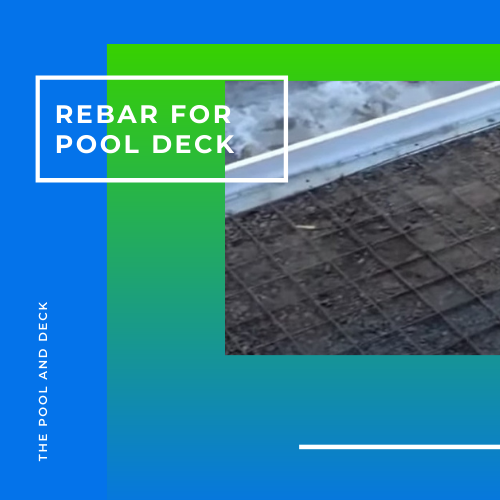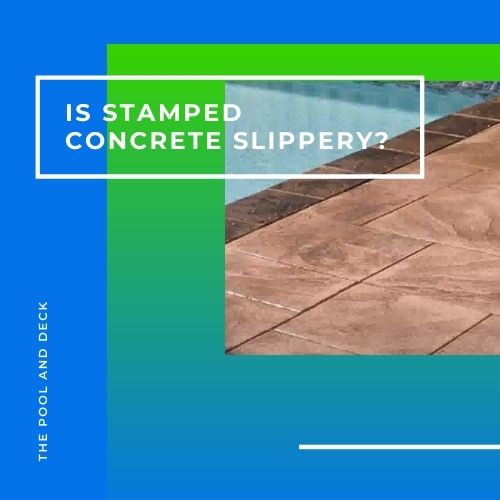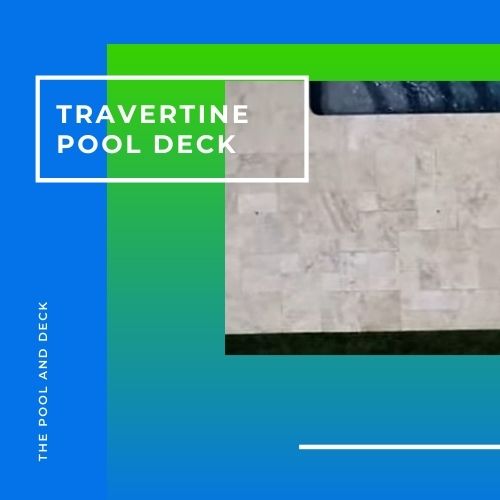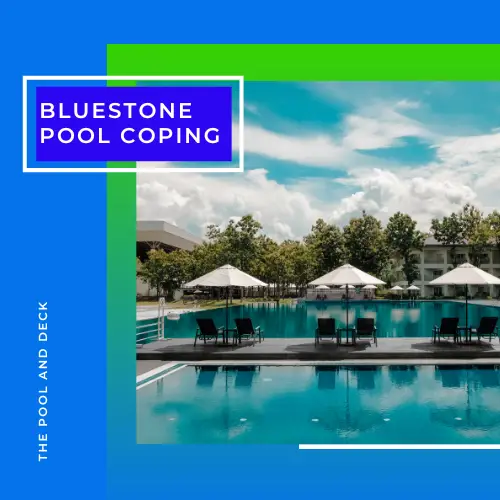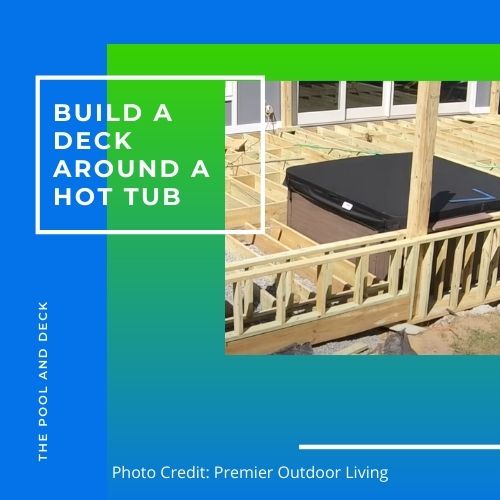Why Resurface a Pool Deck with Pavers? 5 Terrific Advantages!
Table of Contents
Can You Resurface a Pool Deck with Pavers?
Yes. Most certainly. Resurface a pool deck with pavers and you have a brand new deck at a fraction of the cost. The old worn out, but structurally sound concrete deck becomes a strong, solid and stable base for the pavers.
A concrete pool deck is a very popular choice with homeowners, and for several good reasons. Concrete is strong and durable, but not invincible.
Ultimately it will start to crack and show signs of wear & tear. This is the time to seriously consider if you can resurface a pool deck with pavers and breathe new life into it?
Resurfacing of a pool deck is when you add a layer of new material on top of the old surface to improve the appearance and functionality of the deck, as well as extend its lifespan.
When you resurface a pool deck with pavers, you save big time! For starters you save the entire cost of demolishing the old deck. You save the cost of base preparation. It is a cost-effective alternative to tearing down the entire deck and building a new one.
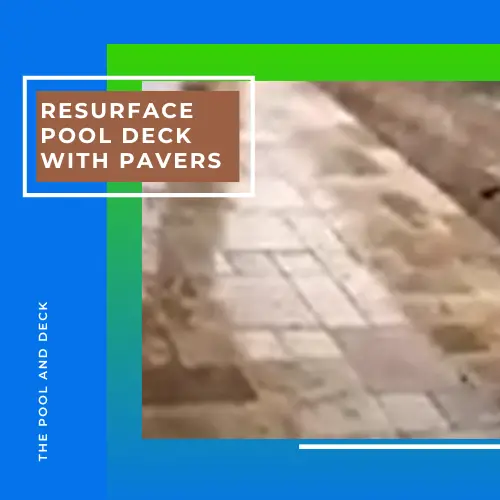
Resurface a Pool Deck with Pavers: Pros & Cons
Pavers are an excellent choice when you want to resurface your old pool deck, but they do have their pros and cons.
Pros of Resurfacing a Concrete Pool Deck with Pavers
| Pros | Description |
| Aesthetic Upgrade | Pavers can provide a more attractive appearance than a plain concrete deck, adding color, texture, and style to the area around the pool. |
| Durability | Pavers are extremely durable and can withstand heavy foot traffic, UV rays and extreme weather conditions. |
| Slip-Resistance | Pavers provide a non-slip surface, making it safer for people to walk around the pool area. |
| Low Maintenance | Pavers are easy to clean and maintain. Damaged pavers can be replaced individually. You do not have to redo the entire deck. |
| Cost-Effective | Resurfacing a concrete pool deck with pavers is often more cost-effective than replacing the entire deck, especially if the existing deck is structurally sound. |
Cons of Resurfacing a Concrete Pool Deck with Pavers
| Cons | Description |
| Initial Cost | While pavers can be cost-effective in the long run, the initial cost of the installation can be higher than other options, such as paint and coatings. |
| Surface Preparation | The old concrete deck must be properly prepared before pavers can be installed. Surface preparation can add to the cost and time involved in the project. |
| Uneven Surface | If the existing concrete deck is not level, the pavers may not be installed evenly, resulting in an uneven surface. |
| Joints | The pavers themselves are easy to clean and maintain but maintaining the joints does require some effort. The sand between the paver joints needs to be replenished from time to time. |
| Installation | Installing pavers on a pool deck requires some skill and a lot of sweat equity. However, it is a doable DIY project. |
Different Paver Options
Not only can you resurface a pool deck with pavers, you can even pick the paver material that works for you. Here are some options to consider:
- Concrete Pavers: Concrete pavers are the most common type of pavers and come in a variety of colors, shapes, and sizes. Concrete pavers are known for their durability and affordability, making them a popular choice for pool deck resurfacing.
- Clay Pavers: Clay pavers have a warm, natural look and are available in a range of colors, including red, brown, and beige. They are durable, slip-resistant, and easy to maintain, making them a popular choice for pool deck resurfacing.
- Natural Stone Pavers: Natural stone pavers, such as travertine, bluestone, and slate, offer a unique and elegant look. They are more expensive than concrete or clay pavers, but are known for their durability and natural beauty.
- Interlocking Pavers: Interlocking pavers come in a variety of shapes and sizes and can be used to create a custom look for your pool deck. They are easy to install and can be removed or replaced individually if necessary.
In terms of size, pavers are typically available in rectangular or square shapes, ranging from 4”X8” to 24”X24”. Colors range from light to dark, and can be chosen to complement the surrounding landscaping and pool area.
You can even mix-n-match paver colors and sizes to create interesting patterns and designs on your pool deck!
How to Resurface a Pool Deck with Pavers
Time needed: 8 hours.
- Assemble the Materials
Gather all the necessary materials, including pavers, sand, construction adhesive, and landscape fabric. Use cement pavers for the border and clay pavers for the field. - Lay the Border
You must clean the edges of the pool deck where the border pavers will be placed. This will ensure a stronger bond between the concrete and the adhesive. - Glue down the Border Pavers
Glue the border pavers onto the concrete. Use polyurethane construction adhesive for a strong and long-lasting bond. The border pavers should be positioned using a chalk line as a guide. Trim off the hardened glue with a utility knife. - Mark the Location of the Pavers
Mark the location of the border pavers and the field pavers should be laid out to locate the side borders. The goal is to establish a field width that minimizes cutting and results in a neat look. - Spread a Flat Bed of Sand
Lay down landscape fabric to keep the sand from washing into cracks and then spread a flat bed of sand over the fabric. - Flatten the Sand
Flatten the sand by using a 2X6 board with one end notched to match the depth of the field pavers. You should screed both halves of the field using a screed pipe and moving it as necessary. - Lay the Field Pavers
Lay the field pavers on top of the flattened sand bed. The final border should be left unmarked until the field is complete to make screeding off the excess sand easier and to allow for perfect positioning of the final border. - Fill the Paver Joints
Fill the paver joints with polymeric sand. Scrape off the sand from top of the pavers. Then sprinkle water so that the polymeric sand in the joints hardens.
Thank you very much for reading the post. I do hope you found it informative and helpful.

